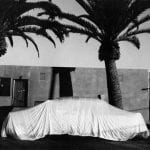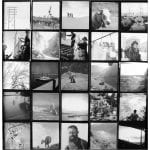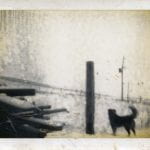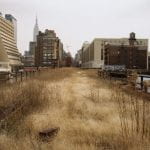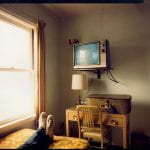(timed) Travels with a Camera
‘We cannot claim to have really seen anything before having photographed it’ (Zola in Sontag, 1977, p.87)

This session encourages participants to ‘notice’ the world around them, as well as ‘seeing’ it in individual / subjective and photographic terms. Through a single walk / trip (with timed alarms for photographing) it encourages participants to notice the world around them, explore the role of aesthetics, framing, vantage point and depth of field, and investigate the idea of a more subjective ‘photographic’ voice as the ‘group’ walk / experience of the world is transformed / constructed into an individual and subjective vision.
Photographs substitute for direct encounter; they act as surrogates, mediating that which was seen through the camera viewfinder’ (Wells, 2011, p.6)
This session could be run in conjuction with:
- The Unseen and Overlooked
- The Ordinary / Extraordinary Object
- We seek him Here: We seek him There
- What is a Photograph?
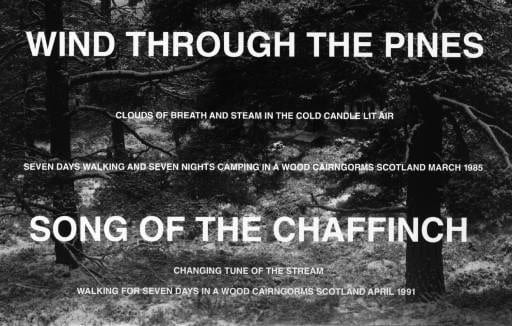
Aims & Outcomes:
- For participants to notice the world around them in a subjective manner and explore the nature of a ‘photographic’ way of seeing and framing the world. Are you merely photographing? Are you constructing? Are captions / text important?
- For participants to consider the ‘intent’ of thier work: What are you ‘saying’ about the world around you?
- For participants to conduct in depth research on the work of Robert Frank and apply these ideas to thier practice
- Participant Outcome: 5 6×4 digital prints
Research: The Work of Robert Frank
‘Robert Frank…he sucked a sad poem right out of America onto film, taking rank among the tragic poets of the world’ (Jack Kerouac in Petrusich, 2019)
‘Seeing THE AMERICANS in a college bookshop was a stunning, ground-trembling experience for me. But I realized this man’s achievement could not be mined or imitated in any way, because he had already done it, sewn it up and gone home. What I was left with was the vapors of his talent. I had to make my own kind of art’ (Ed Ruscha in Casper, 2019)
You will need:
- A planned / dedicated walk of a local area (with printed maps)
- A planned study visit / school trip to a designated location (with printed maps)
- Timers (egg timers or phone alarms will suffice) for timing of when participants will make thier photographs on the ‘walk’
- You need to decide whether participants will photograph all at the same time / in small groups / individually
- Digital cameras for all participants (and appropriate memory cards) *This session can also be run using analogue cameras, Camera phones, Lumix cameras
- Card readers
- Access to computers (or laptops)
- An introductory brief & Presentation (below) for participants to outline the ideas and provide examples
- A booked room to critique participants work (either via a projector or via print)
- Blue tack to pin the work
- Costings and Risk Assessment

Preparation Work:
- To design your walk / trip and provide maps. Walk the area yourself in preparation and note the times / any interesting features
- Create a Google Map of your walk.
- To identify alarm timings for participants taking photographs (either all together / in small groups / on thier own)
- Ask participants to read Jelani Cobb (2019) ‘How Robert Frank’s Photographs Helped Define America’ in The New York Times (11th September 2019) available here
- Ask participants to investigate the nature of the ‘road trip’ and watch the Aperture Foundation video The Open Road: Photography and the American Road Trip (2014) available here
- Ask participants to independently research the work of Robert Frank
- Ask participants if they have thier own digital cameras and cards
- Make sure you have access to computers
- Make sure there are enough team members to support participants (never assume thier prior knowledge)
- Decide whether you will project the work or print it.
- If you are printing it (6×4) make sure the Photo Lab are aware and be aware of timekeeping so they have space to print the work.
- *If you are running this session off campus, make sure there is access to printers or projectors
Presentation Ideas: Travels with a Camera
Suggested Session Outline:
- Introduce the session / walk and the importance of really looking at the world around them, considering what they are trying to say about the object / scene / person etc and consider scale, composition, angle, vantage point, depth of field, etc
- Give the presentation Travels with a Camera (or devise your own) to introduce particpants to the idea of photographing on a journey etc.
- Ask participants to set thier alarms to go off every 5 minutes (if you want them all to photograph from the same point) / provide individual times (if you want them to photograph at different times along the walk)
- Walk / photograph – give examples of what you might do and again remind participants of visual variety / typology etc.
- Make a note of location on the map every time you photograph. You might use Google Maps here
- Upload / edit / print photographs
- Project the Google Map on the wall (large) and pin up / scan and insert the photographs at the locaitons in with they were taken
- Critique / discuss
- Photograph / save the projection of the map with the images on – you could print at 12×16 for each participant.











